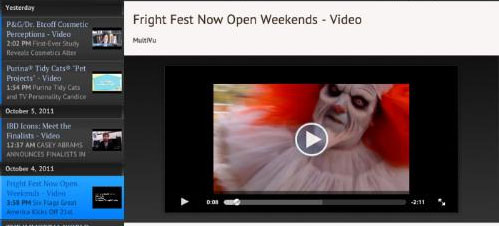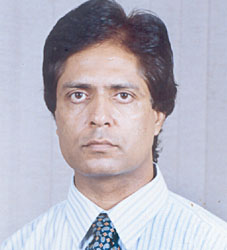5 Mistakes PR Pros Must Avoid but Often Don’t
Ever wonder why your communication wasn’t well-received in the media? It might have misfired because you failed to avoid one of these traps.
By Sanjay Gupta
Public Relations (PR) is a tricky, often thankless business. While the tricky part is acknowledged by the PR pros, it is the journalists who often bring in thanklessness (add ungrateful clients, too).
But it’s a business – and a lucrative one at that, all right. So it wouldn’t hurt to go through some tips that might help.
In communication schools or on-the-job, most PR executives learn the common tricks of their trade: treat clients (and journalists) with respect, always spell-check your releases (do you?), and yes, don’t forget to bill clients for the out-of-pocket expenses.
[ Also Read: Are You Suffering from Good News Deficit? ]Yet, there are also some no-nos that a seasoned PR exec should avoid under most circumstances. Unfortunately, in the hurly-burly world of ‘mass’ communication, things are prone to turn out into ‘mess’ communication. That’s why it’s important for a PR pro to keep in mind these five don’ts when communicating with journalists:
1. Long-winding story pitches: In the course of writing their stories, journalists often go through a lot of background and research material. But they would rather look at a lot of text about a story they have chosen to do than read paras upon paras intended to give them a story idea. So keep your pitch mailers or calls short and sweet. If the journo likes it, they’ll jump at it anyway. But if it doesn’t cut ice in the first couple of sentences, don’t bore him with dense details, please.
[ Also Read: Newspapers, TV on Deathbed; Online in Baby Bed ]2. Mixing up similar media: The media scene today is crowded. But that’s no excuse for calling up a journalist and mixing up the name of their media house or publication with another one – which, annoyingly, usually happens to be a key rival. Get the journo’s name, their paper’s name and, if necessary, the name of their dog right. Names are important, very important (as you sometimes might have realized when your client’s name appeared misspelled in the headline!)
[ Also Read: When iPad Tells You the CNN Story ]3. Corralling journalists for a conference: “You must come.” “Please, it’s the most important event for our client!” “The client is holding this PC (press conference) after a gap of two years.”
Understood. Your client and their conference is all-important to you. But unless you can find something of relevance to the journalist in question, it’s not good practice to request-force them into attending the event. Even if you send the cab. In any case, most communication today happens on the phone or over email, and journalists (especially experienced ones) usually attend only the really significant conferences or those where they expect to network with lots of friends or industry execs.
[ Also Read: 10 Reasons Why Social Media Doesn’t Help ]4. Following up too much: If not following up at all is a disaster, pestering the journalist with too many calls for a press release or a story is anathema. Too much aggression can perhaps get you in the first time, but the media will be alerted to your tactics sooner rather than later. And then? Then they’ll avoid you like a diabetic shuns sugar. So learn to strike a balance in how much you follow up.
[ Also Read: Is the TIME Right to Honor Zuckerberg of Facebook? ]5. Hiding the negative: Thanks to the Internet, it’s not that difficult to discover skeletons in a company’s cupboard (and these days there are many). Then there are journalists’ contacts and other ‘sources.’ So if you happen to know that a journalist has gotten wind of something fishy or negative about your client, try to illuminate it in the light that your client wants to. Trying to hide it or cover it up with fluff usually makes the journalist more dogged in their pursuit – and, of course, leaves a worse impression than they started off with.
Needless to say, these aren’t the only don’ts. For instance, you shouldn’t miss a journalist’s story deadline if you want to ensure that your client’s inputs are taken or their name mentioned where it matters.
But the above are points that keep recurring in PR-media communication and that often harm your efforts behind-the-scenes rather than upfront. For want of caution, don’t let your key messages go wasted.
By Sanjay Gupta, contributing editor, Raman Media Network.




